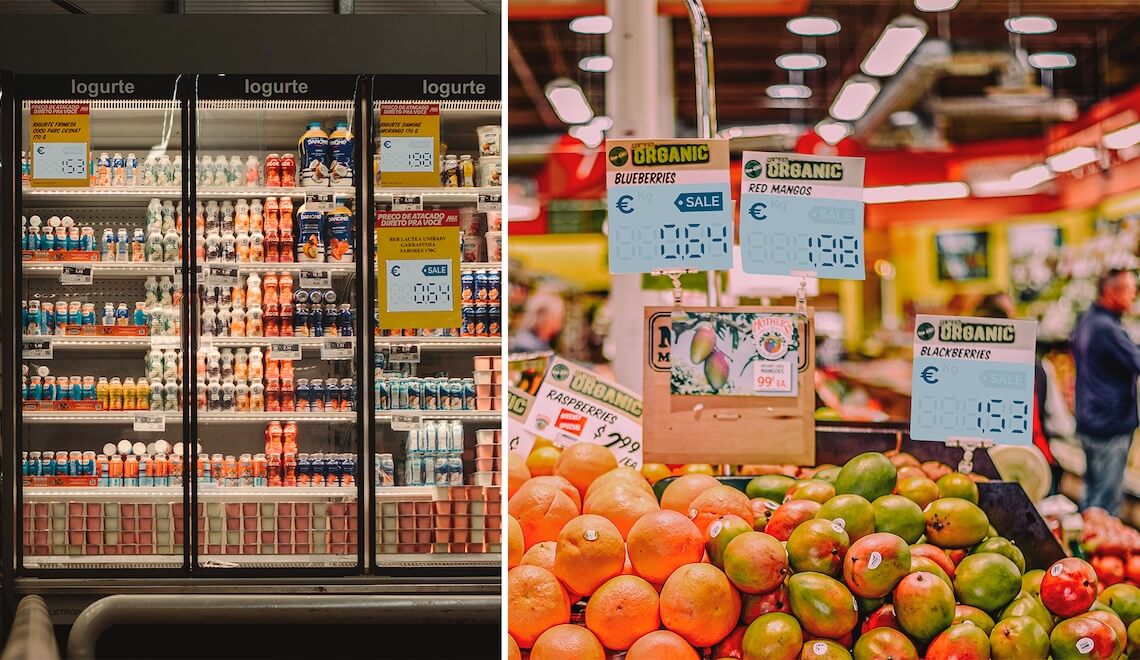
Vancouver’s Ynvisible Says Its New E-Paper Displays Cut Energy Usage In Half
March 3, 2022 by Dave Haynes
Energy consumption and form factor are two of the key attributes of e-paper displays, so it’s notable when a company announces it has developed a version of it’s product that cuts power usage in half and has what it says are the thinnest, lightest displays on the market.
Vancouver, BC-based manufacturer Ynvisible Interactive says its “upgraded ultra-low-power display now consumes 50% less energy per switch than its predecessor and can last 10 times longer when switched on and off, positioning the technology as the lowest energy-consuming display in the e-paper industry.”
“We are continuously collecting market feedback to prioritize our development efforts and technology roadmap,” says Carlos Pinheiro, CTO at Ynvisible. “With this new generation display release, we know that we are responding to our customers’ needs whilst expanding the use of our printed display technology in a wider range of e-paper devices.”
“This latest upgrade,” he adds, “will significantly benefit specific industries such as digital signage, smart monitoring labels, authenticity & security and retail.”

I guess it depends on what is regarded as digital signage. The digital signage example provided on the company website is a little dubious – scoring for tennis matches at clubs and community facilities – but e-paper is being used for applications like transit stop routes and arrival times signs, as well as things like community directories.
The high volume use-cases for this sort of thing are much more along the lines of shelf labels and even wearables. The pitch for e-paper displays is that they can work somewhat autonomously and off the grid, using solar arrays to provide sufficient charging that power from the grid is not needed to illuminate them as the sun goes down, and connect them to data sources for updating. For other digital signs like e-paper fact tags in retail, longer operating lives for the displays reduces operating demands.
The trade-off, of course, is very limited colors, no motion graphics and generally bland presentations, though e-paper focused companies like Visionect are masters at making black and white look great.



Leave a comment